The Great Migration: Spectacular Mara River Crossings
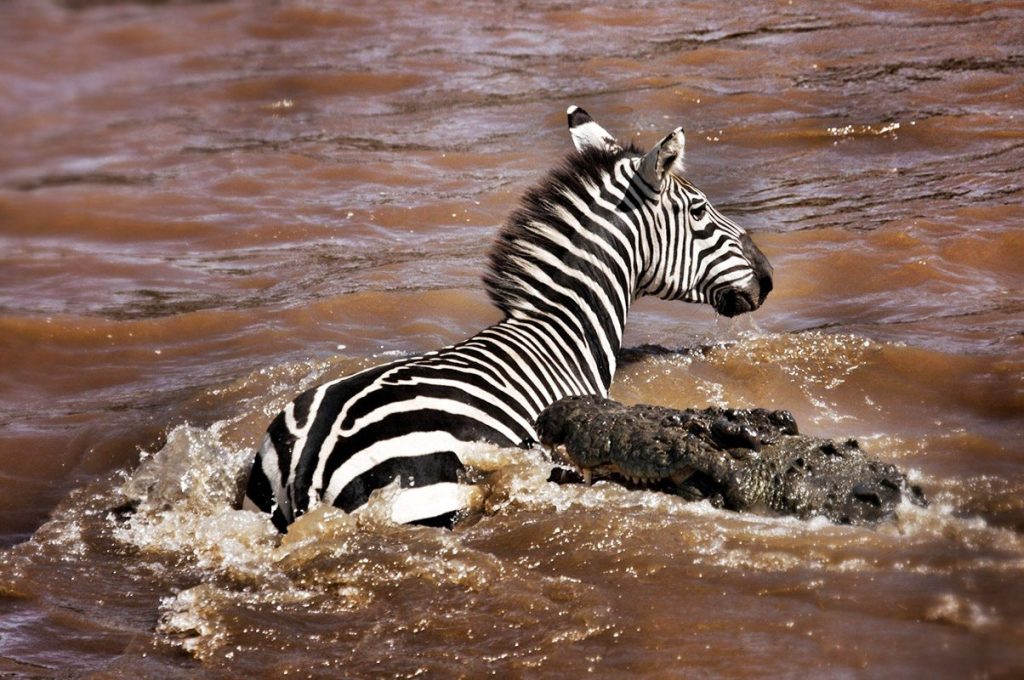
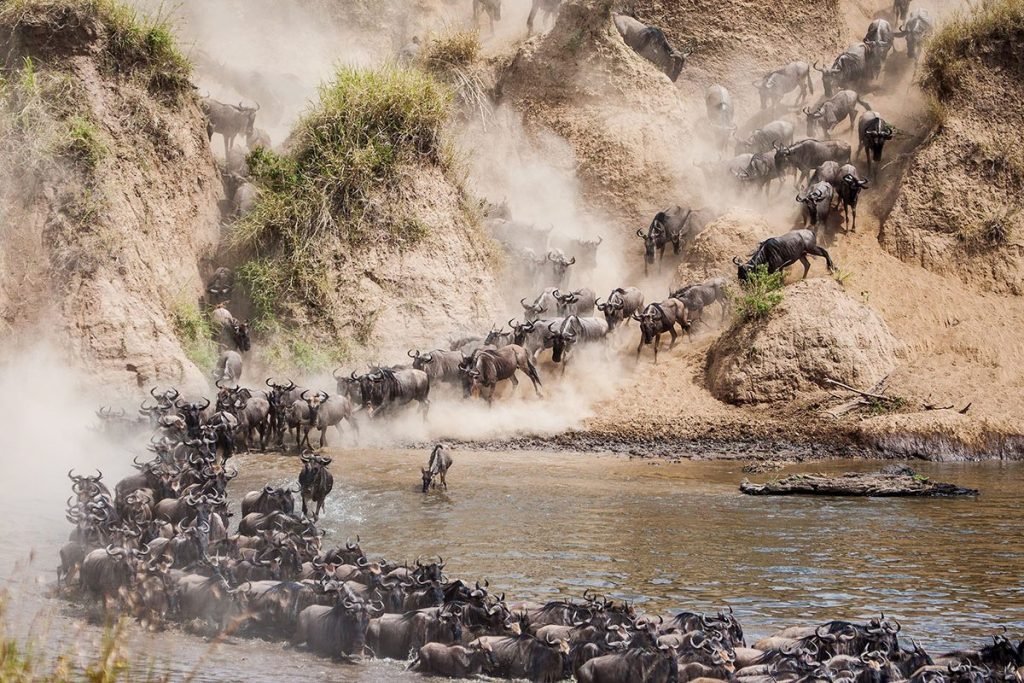
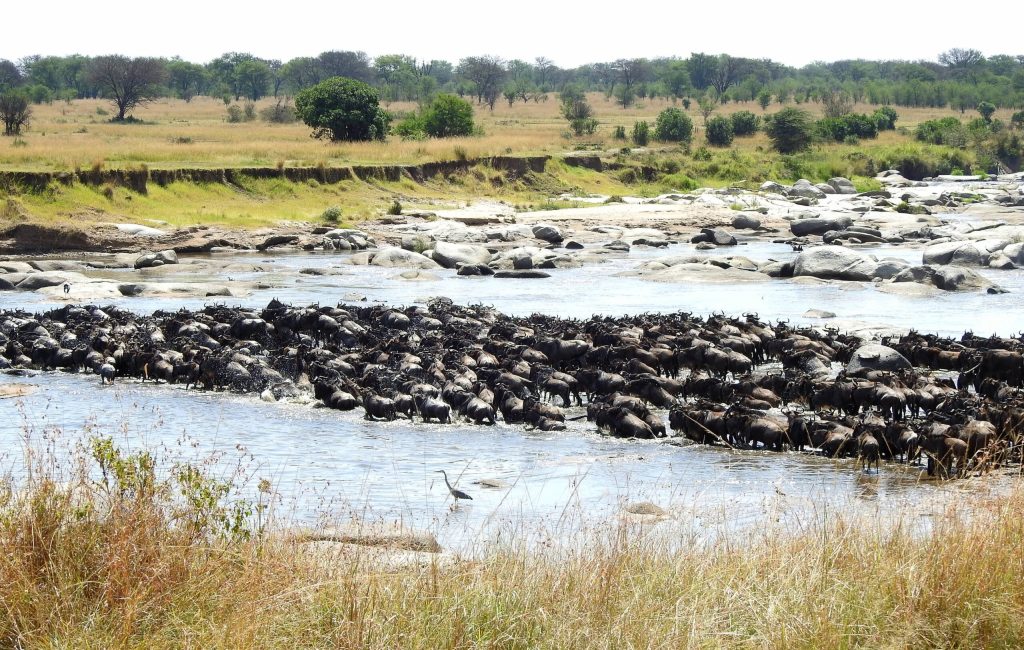
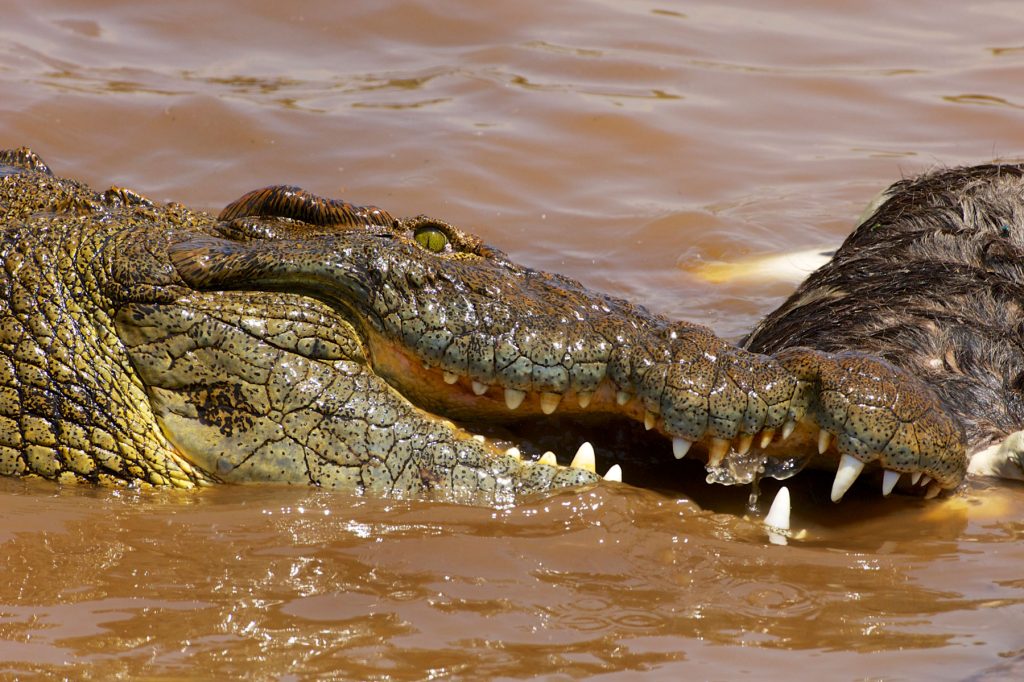
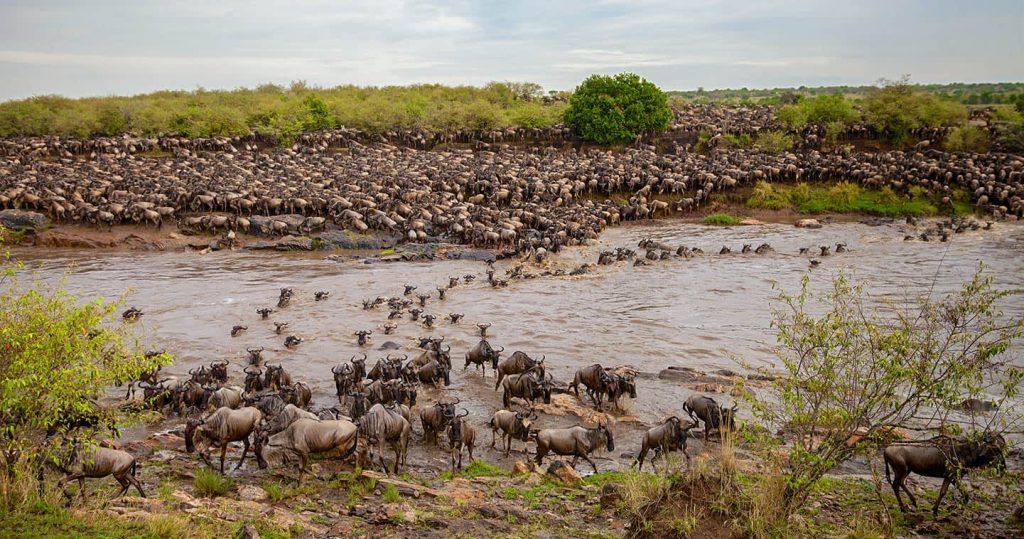
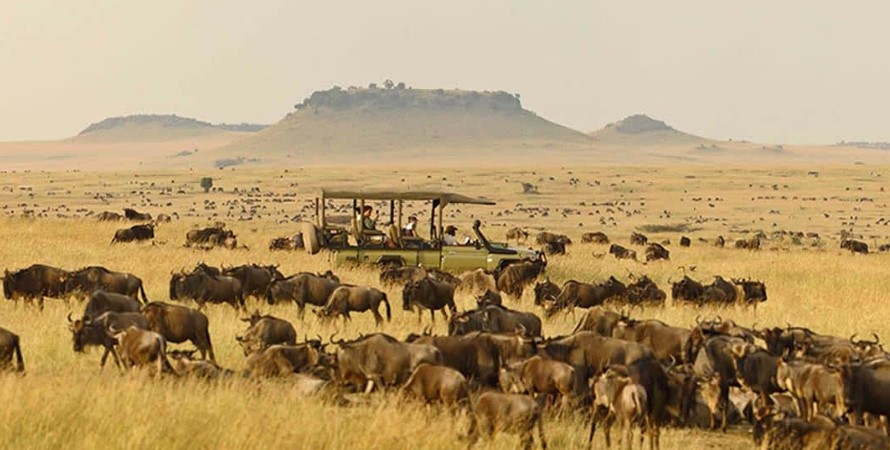
The Mara River
One of the most breathtaking events in the natural world, the Great Migration across East Africa’s plains is most famous for the spectacular Mara River crossings. This dramatic journey takes place primarily within the Serengeti National Park in Tanzania and the Maasai Mara in Kenya, where over a million wildebeests, zebras, and gazelles move in search of fresh grazing lands. The Mara River, winding through the northern Serengeti and southern Maasai Mara, is an essential yet perilous part of this migration, often described as the ultimate wildlife spectacle. Here’s everything you need to know about this incredible journey, focusing on the thrilling Mara River crossings.
What Makes the Mara River Crossing So Spectacular?
- A Life-and-Death Struggle The Mara River crossing is a true test of survival, as herds of wildebeests and zebras plunge into the river, facing powerful currents, jagged rocks, and waiting predators. This journey requires strength and courage, as many animals perish in the swift currents or fall prey to crocodiles that lurk below the surface, ready to strike. The sight of thousands of animals moving together in a frenzied attempt to reach the other side creates a dramatic scene that showcases the power and resilience of nature.
- A Critical Stage in the Great Migration The Mara River crossing is a defining moment in the annual migration. The animals’ journey spans over 1,200 miles each year, but crossing the Mara River is one of the migration’s most intense phases. The survival of each herd depends on successfully navigating these waters to reach the grass-rich northern plains. Witnessing this crossing reveals the interconnectedness of ecosystems, as the survival of predators and prey alike is shaped by these seasonal movements.
- Unparalleled Predator Encounters The Mara River is home to some of Africa’s largest Nile crocodiles, which wait in the water to ambush crossing herds. At the same time, lions, leopards, and other predators wait on the banks, creating a scene filled with suspense and heart-stopping moments. As animals approach the river’s edge, they often hesitate, creating an air of anticipation before the first few brave individuals leap forward, drawing the rest of the herd into the crossing.
Timing the Mara River Crossing
The Mara River crossing occurs from July to October, though the timing is never exact as it depends on rainfall patterns and grazing conditions. Usually, the herds begin to gather near the river in mid-July, but crossings can happen anytime during the peak season. Some crossings last only a few minutes, while others can stretch for hours as the herds gradually attempt to cross in smaller waves.
While luck and patience play a role in catching the perfect crossing moment, many safari operators have guides experienced in reading migration patterns and knowing where and when the herds are likely to cross.
Key Factors That Influence the Mara River Crossing
- Rainfall and Grass Growth Rainfall is the driving factor behind the entire migration. The herds follow the rain, moving toward areas with fresh grasses. The exact timing and location of crossings can vary significantly each year depending on where the rains have fallen and the quality of grazing lands.
- Predator Presence The presence of predators on the riverbanks can cause herds to delay crossing or search for a different point along the river. The constant threat of lions and leopards on land and crocodiles in the water keeps herds moving cautiously, creating moments of tension as they gather at the river’s edge.
- Crowd Behavior The crossing often begins when one or two animals take the lead, followed by the rest in a dramatic surge. This “crowd effect” can lead to hundreds of animals plunging into the river simultaneously, creating a stampede that adds to the spectacle. Observing this pattern of decision-making within the herds offers unique insight into the behavior of migratory animals.
Best Viewing Points for the Mara River Crossing
- Northern Serengeti, Tanzania The northern Serengeti provides several excellent viewing locations for the Mara River crossing, especially around Kogatende and Lamai, where safari camps are well-positioned for quick access to crossing points. These areas have fewer visitors than the Maasai Mara, offering a more private viewing experience in a pristine setting.
- Maasai Mara, Kenya In the Maasai Mara, popular viewing spots include the southern banks of the Mara River and areas around Lookout Hill, which provide vantage points to watch the herds as they gather and prepare to cross. Camps in the Maasai Mara are strategically located near these crossing sites, maximizing the chance to see multiple crossings in a single day.
Tips for an Unforgettable Mara River Crossing Safari
- Book with Experienced Guides Experienced guides are essential for a successful Mara River safari, as they are familiar with the animals’ behavior and movement patterns. Safari companies specializing in migration tours can help increase your chances of witnessing a river crossing.
- Bring the Right Gear A camera with a good zoom lens and binoculars are essential for capturing the action up close. Make sure to pack sunscreen, a hat, and a pair of comfortable shoes, as you may spend hours at a crossing point awaiting the arrival of the herds.
- Stay Patient and Flexible River crossings are unpredictable, so patience is key. By allowing extra time in your itinerary, you’ll increase the likelihood of seeing a crossing. Flexibility in your schedule also means you can follow the herds if they shift to another part of the river.
- Consider Multiple Days for Best Viewing Planning at least two or three days for your Mara River safari gives you a higher chance of catching multiple crossings. Each crossing is unique, with different dynamics depending on herd size, weather, and predator activity.
The Importance of Conservation and Responsible Tourism
The Great Migration and Mara River crossing are fragile spectacles, highly dependent on a healthy ecosystem. Responsible tourism plays a critical role in protecting this natural event. Choosing eco-friendly camps, supporting anti-poaching efforts, and adhering to park rules help ensure that these migratory animals and their habitat are preserved. Conservation initiatives also benefit local communities, fostering a sustainable model that balances tourism with the well-being of local people and wildlife.
Experiencing the Great Migration: Beyond the Mara River Crossing
While the Mara River crossing is undoubtedly the highlight of the Great Migration, the journey itself offers countless other memorable experiences. Watching the herds as they move across the Serengeti’s open plains, witnessing newborn calves during the birthing season, and observing the constant interplay between prey and predators create a full-circle experience of nature’s raw beauty and resilience.
Conclusion: The Thrill of Witnessing Nature’s Greatest Drama
The Mara River crossing remains one of the world’s most spectacular wildlife events. From the heart-stopping river crossings to the dynamic interactions of predators and prey, the Great Migration offers an unparalleled opportunity to witness nature at its most powerful. For anyone with a passion for wildlife, adventure, and conservation, a Mara River safari provides a once-in-a-lifetime experience that brings you face-to-face with the resilience, drama, and beauty of Africa’s wild landscapes.

One Comment